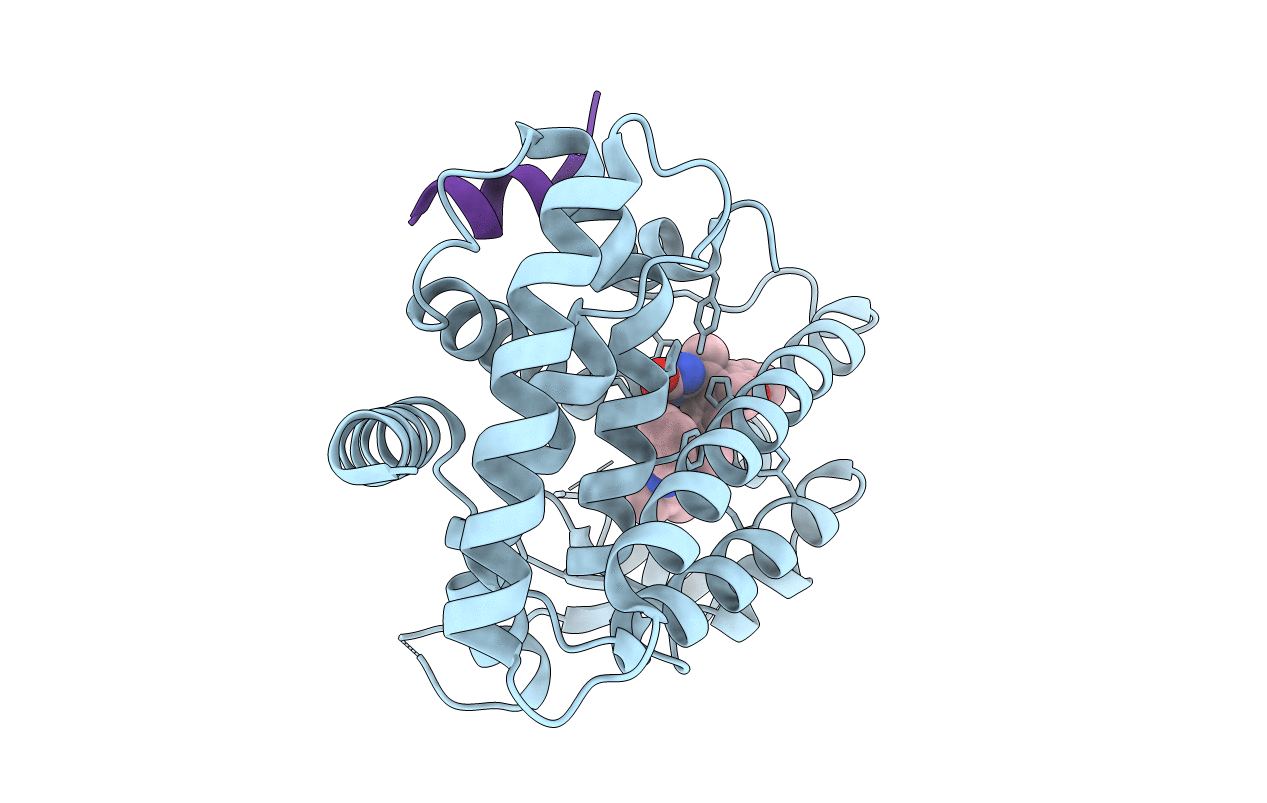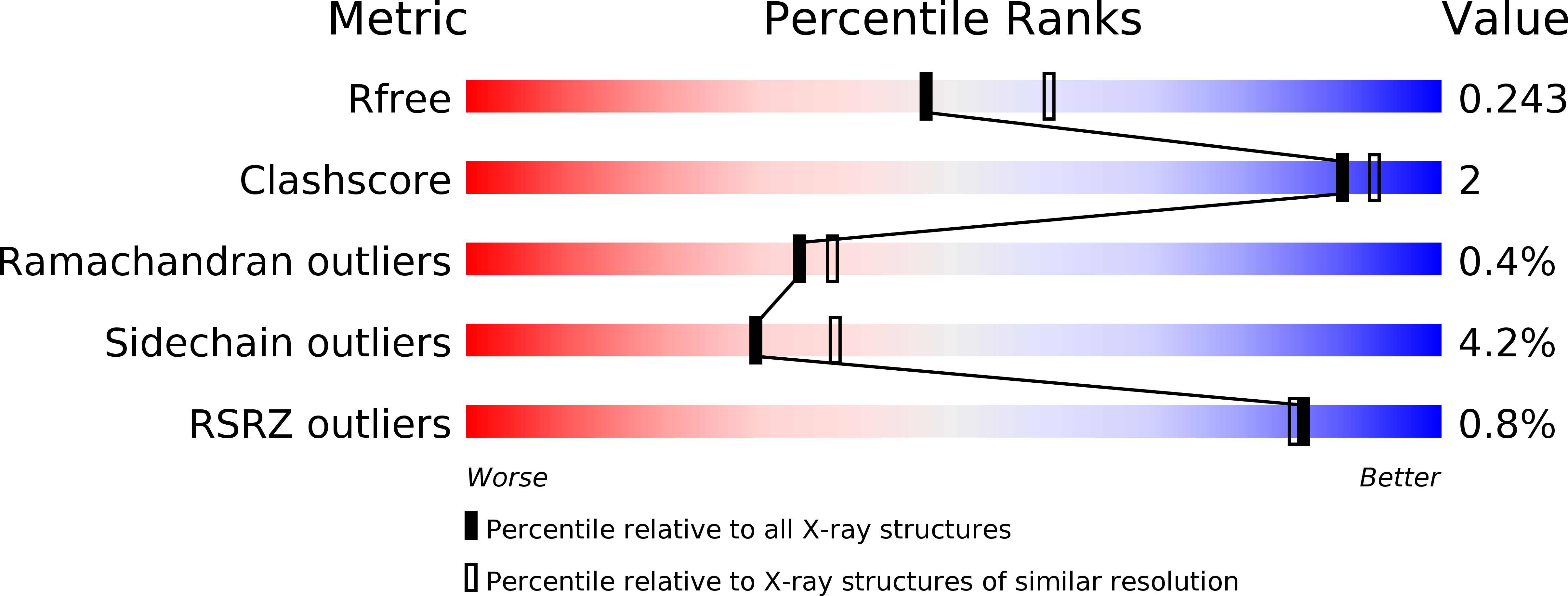
Deposition Date
2018-07-31
Release Date
2018-11-14
Last Version Date
2024-03-27
Entry Detail
PDB ID:
6AD9
Keywords:
Title:
Crystal Structure of PPARgamma Ligand Binding Domain in complex with dibenzooxepine derivative compound-9
Biological Source:
Source Organism:
Homo sapiens (Taxon ID: 9606)
Host Organism:
Method Details:
Experimental Method:
Resolution:
2.20 Å
R-Value Free:
0.23
R-Value Work:
0.18
R-Value Observed:
0.18
Space Group:
P 1 21 1


